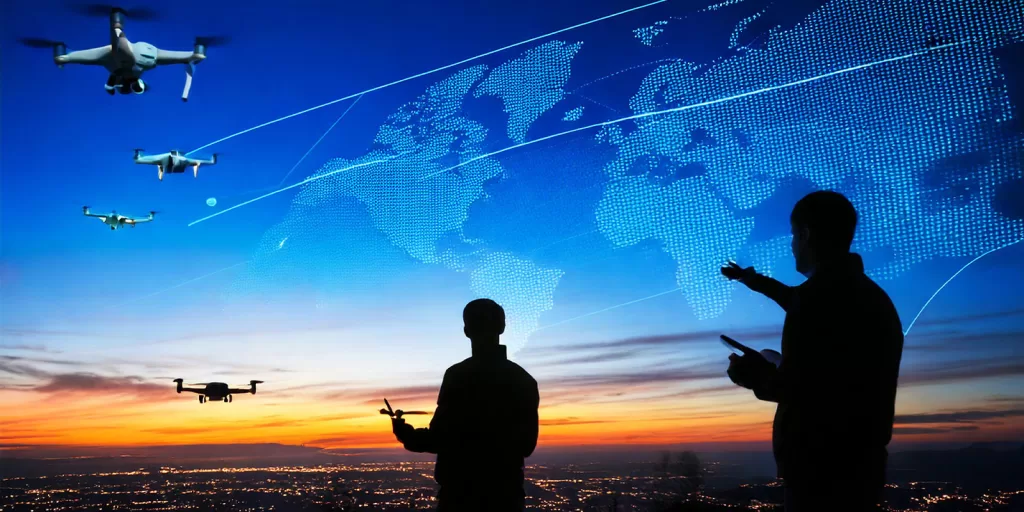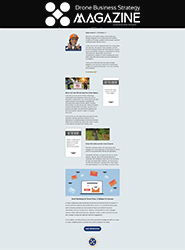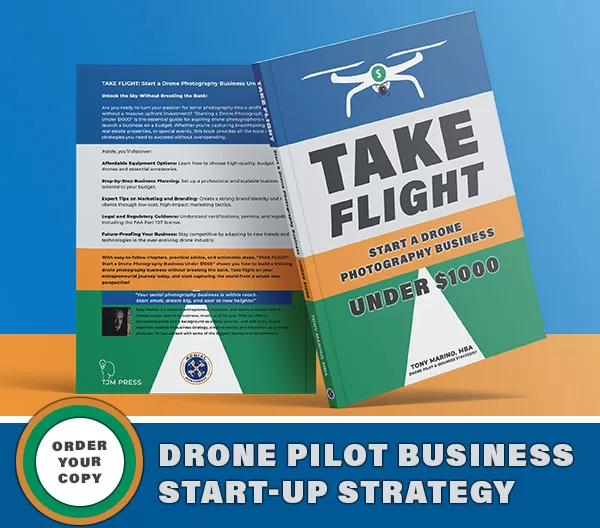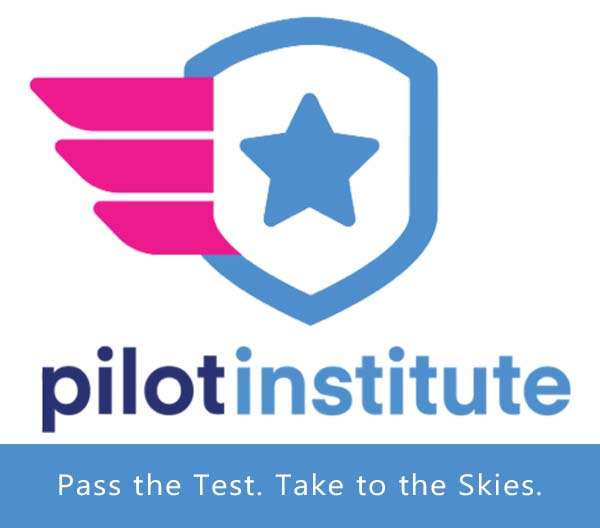
Understanding the reality behind mysterious drones in our skies isn’t just about curiosity—it’s about business strategy. As a commercial drone pilot and business strategist, I’ve seen firsthand how knowledge of airspace regulations, emerging technology, and public perception can make or break a drone business. If you’re looking to succeed in the drone industry, staying informed is crucial.
If you’ve been paying attention to drone-related discussions lately, you’ve probably noticed a surge in reports of mysterious drones flying in unexpected places—over neighborhoods, coastlines, and even military-controlled airspace. Some witnesses claim these drones are larger than commercial models, move in coordinated formations, and operate for hours without refueling. Others say they resemble aircraft but don’t follow standard FAA lighting regulations or appear on flight tracking systems. With so many theories floating around, it’s easy to get lost in speculation. Let’s break it down logically: What’s actually happening, and what should drone professionals know about these sightings?
The Rise of Unidentified Drone Sightings
Drones have become an integral part of our skies, used for everything from filmmaking to infrastructure inspection. With more than 389,000 registered recreational drones and 390,000 registered commercial drones in the U.S. alone, it’s no surprise that more people are reporting drone activity. But not all drones in the sky belong to hobbyists or businesses.
Some recent reports highlight key concerns:
- Drones not appearing on flight tracking systems – Many commercial aircraft and some larger drones transmit location data via ADS-B or Remote ID, yet some of these reported drones don’t show up on public databases like FlightRadar24.
- High-performance capabilities – Witnesses claim these drones can hover for hours, fly in extreme conditions, and maneuver in ways that seem beyond the capabilities of most commercial drones.
- Lack of transparency – Law enforcement agencies and government bodies have acknowledged these sightings but haven’t provided clear explanations.
Possible Explanations: What Could These Drones Be?
Government or Military Operations
Some of these drones may belong to the U.S. military, Homeland Security, or private defense contractors. Large, long-endurance drones such as the MQ-9 Reaper or experimental surveillance drones can operate covertly for extended periods. These flights may be part of classified operations, training exercises, or border security programs.
Private Enterprise or Research Programs
Big tech companies and research institutions are actively testing new drone technology, including high-altitude, long-endurance (HALE) drones designed for persistent surveillance, communication relays, or environmental monitoring.
Foreign or Unidentified Operators
Some reports indicate drones behaving in ways inconsistent with FAA regulations, raising concerns about unauthorized foreign surveillance. In Sweden, drones linked to Russian intelligence were spotted flying near sensitive locations, prompting a national security response.
Misidentified Objects
Not everything that appears drone-like is a drone. Some pilots have misidentified high-altitude balloons, distant aircraft, and even reflections from satellites as unknown UAVs. Our perception of size and speed can be distorted, especially at night.
What Drone Pilots Should Know About Regulations
The FAA has implemented Remote ID to help track drones in controlled airspace, requiring most UAVs to broadcast their location. However, government or military drones often operate under different classifications and may be exempt from Remote ID requirements.
If you encounter an unidentified drone:
- Check Flight Tracking Apps – Apps like FlightRadar24 can help determine if the object is a registered aircraft.
- Verify FAA Compliance – Commercial drones must follow specific lighting and operational guidelines.
- Report Suspicious Activity – If you suspect a drone is violating airspace rules, report it to the FAA or local authorities.
Business Strategy: Why This Matters for Drone Entrepreneurs
Confusion and misinformation about drones—such as unidentified aerial vehicles being mistaken for commercial or hobbyist drones—can lead to stricter regulations, public distrust, and even business restrictions. If drone pilots and business owners fail to address these issues proactively, they risk losing access to valuable airspace and opportunities.
By understanding how to properly navigate FAA regulations, Remote ID requirements, and best practices for compliance, commercial drone pilots can build trust with clients, law enforcement, and the general public. Staying ahead of the conversation and educating others on the realities of drone operations helps to establish credibility and ensures that businesses operate smoothly without unnecessary interference.
Additionally, learning from cases where drones have been used successfully in surveillance, delivery, or infrastructure inspection can help you identify new opportunities for growth. Strategic awareness of how large enterprises and government entities are utilizing drones allows small business owners to adapt and position themselves for long-term success.
The Takeaway
As drone professionals, we need to separate fact from fiction and approach unidentified drone sightings with a logical mindset. While it’s natural to be curious (or even concerned) about unexplained aerial activity, the best course of action is to stay informed, follow regulations, and focus on what we can control—our own responsible operations.
The drone industry is growing rapidly, and with it, we’ll continue to see new developments in drone technology, some of which may seem mysterious at first. Rather than fueling speculation, let’s keep the conversation rooted in facts and advocate for transparency and accountability in the airspace we all share.
If you have any questions, let us know! If you’d like to hire us, you can get more information here.
Written by: Tony Marino, MBA – FAA Certified Part 107 Commercial Drone Pilot and Chief Business Strategist at Aerial Northwest
Disclaimer: The information provided in this blog post is for general informational purposes only and should not be construed as legal advice.
Resources
- FAA Resources: FAA DroneZone
- Article: 4P’s for Successful Drone Service Marketing
- Federal Aviation Administration (FAA) – Remote ID Regulations:
- Commercial Drone Market Trends – Drone Industry Insights
- Reports on Unidentified Aerial Phenomena – U.S. Department of Defense
- Flight Tracking & Identification – Flightradar24
Starting Your Own Drone Service Business
Pick up your copy today on Amazon and wherever fine books are sold.

DRONE BUSINESS STRATEGY MAGAZINE
A free digital publication made exclusively for all small business drone pilots to them help start-up, become profitable while sustaining a competitive advantage within the drone service industry sector they opt to serve.
“If you love to fly, we’d love to have you come aboard!”
We share your information with no one. Our Privacy Policy.










Leave a Reply
Your email is always safe with us.